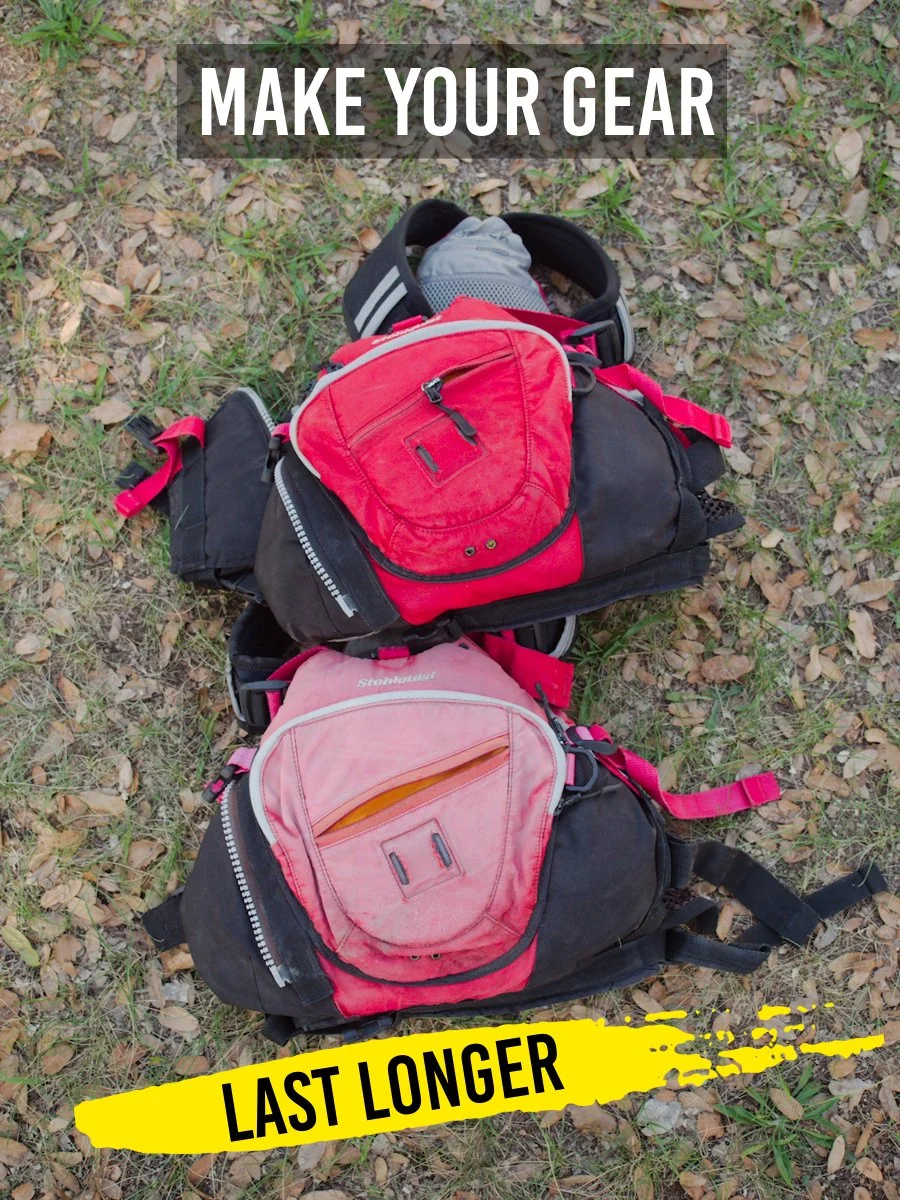Equipment Need vs. Risk
Do you really need that sparkly new drysuit, oh or how about a rescue PFD…well do you need a flip line, how about a perimeter line? What do we really need in the outdoors and are you doing a proper risk evaluation? Every time you add a new piece of gear you add a large swath of risks to that gear. In any adventure sport from rafting, to hiking, to skiing you need to ask yourself “Do I need this gear, and if I take it what risks are associated with that equipment?”
Let’s define needs for a second, in an outdoor adventure context, the term "need" typically refers to the essential items, equipment, or resources that are necessary for ensuring safety, comfort, and successful participation in the adventure or outdoor activity. These needs can vary depending on the specific adventure, location, and conditions, but they generally include the following categories:
Safety Needs
Basic Survival Needs
Skill and Knowledge Needs
Technical Gear Needs
Personal Comfort Needs
I think as a hierarchy this is a good way of looking at how to prioritize your needs and understand if you truly need something, by evaluating which bucket it falls into. To take it one step further, why do you need that specific piece of gear? You may need a throw bag, but why? Are you trained to use it? What inherent dangers does a throw bag on the river create? Do you know all the dangers and how to mitigate them?
Risk vs reward with equipment
Ok so we’ve established that you do in fact need a piece of gear to be successful, but what are the risks and how do we define risk? In the context of outdoor activities, "risk" refers to the potential for harm, danger, or adverse outcomes that participants may encounter while engaging in the activity. Assessing and managing these risks are essential to ensure the safety and well-being of individuals involved in using that piece of gear, but how do you deal with risk? In a risk management context, we really have 2 options, avoidance and mitigation.
Risk Avoidance in the outdoors
Avoidance is easy, you want to eliminate the risk of a throw bag wrapping around someone? Easy, don’t take it. If you’re not trained in the use, you may also wish to avoid the equipment, simply due to the fact that you cannot manage or do not know the risks involved in the use of the equipment. If you don’t take it though you could expose yourself or others to higher levels of risk especially in any whitewater harder than class II. If you do end up taking it though you should be training in the use of the equipment so you can mitigate risk.
Risk Mitigation in the outdoors
So, you know you need it, but now you need to run with it so how do you deal with risk to reduce the potential negative outcomes. Well guidelines like the clean line principle are useful. You need to sit down and think, what are all the ways this can go wrong and what are the dangers associated with carrying / using the equipment? In the context of a throw bag making sure nothing is dangling out of the bag, removing loops or hazard knots, packing it so it deploys smoothly, having it enclosed in a protective cover to eliminate snags, and learning how to manage the deployed line are all mitigation tactics. A good plan for this is:
Identify by writing down all possible hazards with utilizing the equipment
Analyze the potential significance of the risk – categorize through high, medium, low
Create individual mitigation plans for those hazards – What are you going to do about it?
Train on how to avoid or mitigate each hazard often - create a model for how you’re going to reduce risk
Build in accountability - Have your paddle partner check your gear for example
Mitigation is about recognizing that the hazard exists and taking action to eliminate or avoid that hazard as much as possible. In reality you can’t mitigate every hazard though. There is risk in adding any piece of gear. You may also need to add additional pieces of gear to help further midgait risks. In the throw bag example, carrying more rope generally requires carrying a knife in case it gets tangled. Adding this piece of gear in turn adds more risk so you will need to go back though a mitigation plan to assess the risk of that new piece of gear.
By working through these plans, you can quickly discover if you truly need something or if there are skills that you need first before you fulfill that need for equipment. Want is another factor that plays into this that is separate, but often drives folks just as powerfully. Do you need a new drysuit or do you just want one? Do you need a rescue PFD or just want it? This one is pretty easy to conquer and much easier than risk assessment. How much rescue work to you do on a tethered line? Is your drysuit leaking or ripped and causing a safety hazard? Can you get the suit patched? Are there other ways to achieve the same rescue result without swimming after someone on a line? Once you discover that you can figure out if you need to train in new techniques or retrain your old skills to accomplish a similar result.







